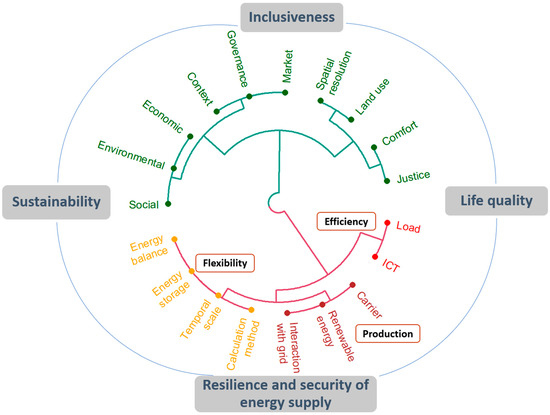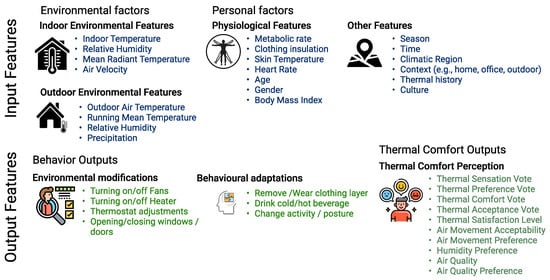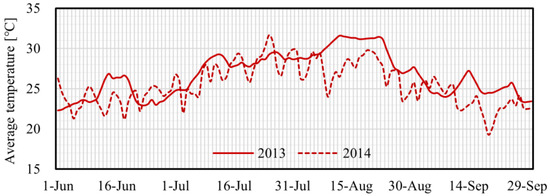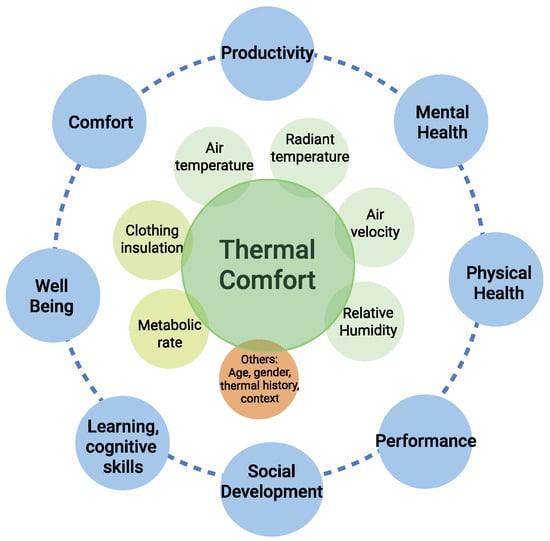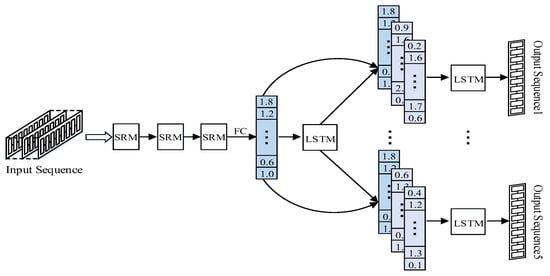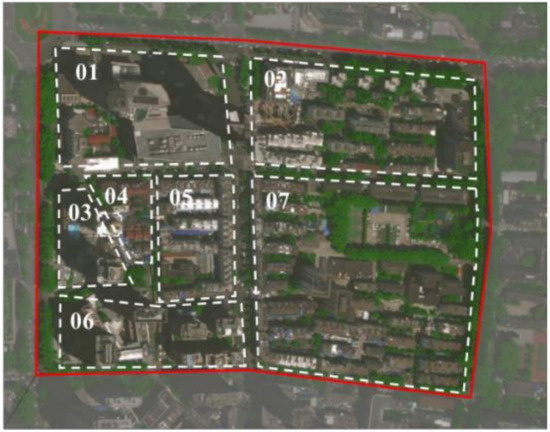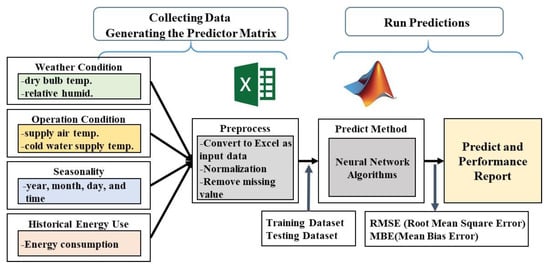Data Analytics for Large-Scale Building Energy Modelling and Optimization
A topical collection in Buildings (ISSN 2075-5309). This collection belongs to the section "Building Energy, Physics, Environment, and Systems".
Viewed by 22082Editors
Interests: machine learning; statistical modeling; urban energy; building control
Special Issues, Collections and Topics in MDPI journals
Interests: low carbon buildings design and control optimization; smart buildings; energy-sharing communities; building energy systems; electric vehicles; decision making under uncertainty; Bayesian theory
Interests: positive energy district; solar energy; urban energy system
Special Issues, Collections and Topics in MDPI journals
Topical Collection Information
Dear Colleagues,
Building energy modeling is transforming from the individual building scale to large-scale district- or urban-level modeling. Traditional modeling methods need to be updated and extended in order to capture interactions and macro-level patterns. Due to the variations in city size, urban configurations, and weather conditions, energy modeling has to be customized according to local context.
Data analytics—a process of modelling, summarizing, and interpreting quantitative outcomes—has been considered one of the viable approaches to generate synthetic data, predict energy demand, provide global control signals, extract spatio-temporal interactions, and test automation algorithms. Along with the evolution of sensor techniques and digitalization, future data analytics should comprise collaborating fields for building energy modeling such as artificial intelligence, decision-support systems, resource allocation, experimental design, geographical information systems, and statistical inference. In the future, an integrated platform of data acquisition, analytics, and management for multiple building is envisioned to help stakeholders monitor the digitized information.
There will be many uncertain and challenging factors in the future, such as climate change and population growth, that affect the modeling methods. Advanced methods handling complex data are also expected to address these challenges. With the increase of modelled building scales, new collaborative controls among energy systems are also becoming popular for performance improvements at the community, district, or urban level. Due to the complexity of computation, advanced data analytic techniques and intelligent algorithms are often needed to solve the optimization problems. Topics addressing controls at these levels are also welcome.
The aim of this Topical Collection is to give an opportunity to scientists investigating building energy modelling and optimization at a large scale to publish their works and make large-scale building energy modelling more accurate and feasible.
Dr. Mengjie Han
Dr. Pei Huang
Prof. Dr. Xingxing Zhang
Collection Editors
Manuscript Submission Information
Manuscripts should be submitted online at www.mdpi.com by registering and logging in to this website. Once you are registered, click here to go to the submission form. Manuscripts can be submitted until the deadline. All submissions that pass pre-check are peer-reviewed. Accepted papers will be published continuously in the journal (as soon as accepted) and will be listed together on the collection website. Research articles, review articles as well as short communications are invited. For planned papers, a title and short abstract (about 100 words) can be sent to the Editorial Office for announcement on this website.
Submitted manuscripts should not have been published previously, nor be under consideration for publication elsewhere (except conference proceedings papers). All manuscripts are thoroughly refereed through a single-blind peer-review process. A guide for authors and other relevant information for submission of manuscripts is available on the Instructions for Authors page. Buildings is an international peer-reviewed open access monthly journal published by MDPI.
Please visit the Instructions for Authors page before submitting a manuscript. The Article Processing Charge (APC) for publication in this open access journal is 2600 CHF (Swiss Francs). Submitted papers should be well formatted and use good English. Authors may use MDPI's English editing service prior to publication or during author revisions.
Keywords
- data analytics
- large-scale buildings
- energy modeling
- artificial intelligence
- statistical inference
- machine learning
- future challenge
- uncertainty
- IoT (Internet of Things)
- geographical information systems







